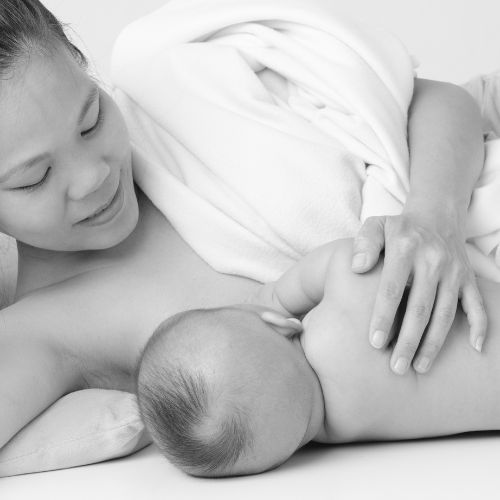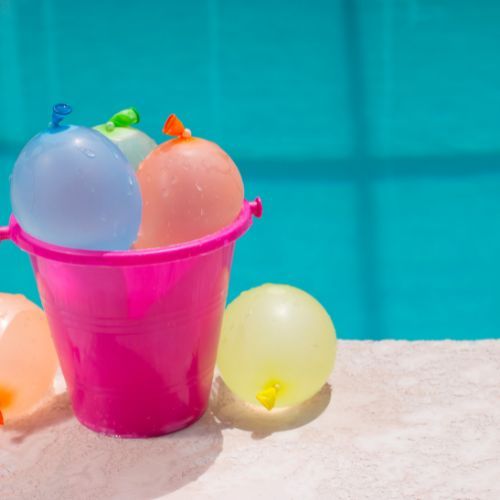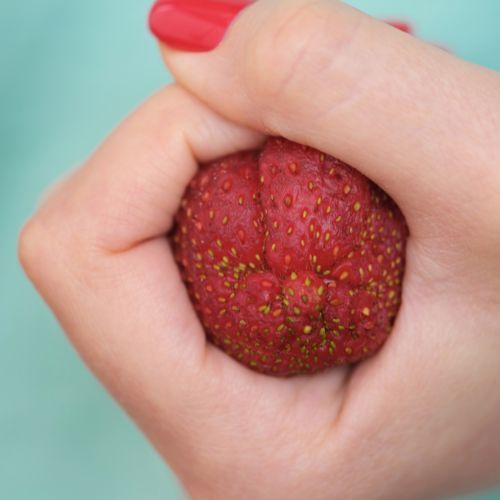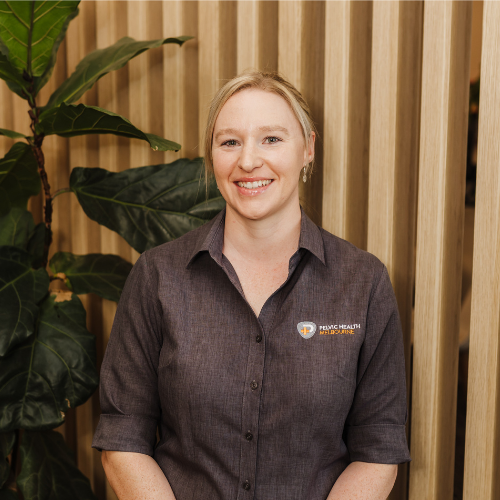
What is Mastitis?
Mastitis is inflammation of the breast tissue and milk ducts.
The inflammation is the result of milk flowing backwards through the ducts and into the breast tissue. This is due to an increase in pressure in the milk ducts. Breast milk contains protein, and when the milk enters the breast tissue, this protein is recognised as "foreign" and an inflammatory response occurs in the tissue.
Milk ducts are very easily squashed, or a duct may become blocked due to the pressure from swelling in the surrounding tissue.
Milk is "let-down" - ejected from the breast ducts when the baby first suckles.
Your baby sucks strongly and quickly first, then slows to a more gently, slow suckle. This creates back pressure behind the nipple and ducts and milk is forced into the breast tissue around the milk ducts, causing swelling and other symptoms.
Signs and symptoms?
- Pain/discomfort in your breasts
- Swelling, firmness or redness in your breasts
- Sore nipples and breasts
- Reduced milk production
- Fever
- Fatigue, aching joints and limbs, headache and generally feeling unwell
These are all the signs of inflammation and infection
Common causes of mastitis?
- Interrupted or erratic breastfeeding
- Sudden changes in your baby's feeding (baby sleeps longer overnight, oversupply, weather)
- Skipping feeds
- Suckling replaced by bottles or pacifiers
- Finger compression
- Tight garments, bras
- Sleeping on your stomach
What you can do?
Breastfeeding should not hurt. Your aim is for successful positioning and attachment. If you suspect you are suffering an episode of mastitis, some suggestions to try include:
- Feed on demand/as normal if this is possible without pain
- Try offering the affected breast first - suckling is strongest at the beginning of a feed
- If latching is painful, break your baby's suction and re-attach by slipping your little finger under your baby's lips
- Apply warmth before feeding (a warm shower or flannel)
- Apply cold or ice packs every 1-2 hours for 10-15 minutes to help with pain and swelling
- Massage lightly (use as much pressure as you would to stroke a cat or dog) towards your armpit to encourage lymph and venous drainage
- Rest is essential for your recovery, for 4-5 days, put your feet up and minimise any activity you do, including household chores, cooking, shopping, exercising and entertaining visitors
- Avoid wearing tight bras, tops or breast pads - these compress the milk ducts and cause milk to leak into surrounding tissue, try a maternity singlet instead
FAQ'S
Can I still feed off my affected breast?
Yes you can, provided you can do so without pain. If you are unable to, seek some ultrasound treatment and then you should find your baby feeds more readily off your affected breast with reduced / or no pain.
Should I express in-between feeds?
No research currently supports expressing more frequently to resolve mastitis. If you choose to express, be gently and STOP as soon as your pain and pressure is relieved.
When should I seek help?
As soon as you start noticing symptoms and any changes in your breasts, e.g. pain, swelling, redness or fever, you should make an appointment as soon as possible, preferable on the same day. If treated early, mastitis can usually be resolved quickly, and you can return to breastfeeding normally without pain.
How can we help?
Physiotherapy for mastitis?
Physiotherapy treatments for mastitis may include:
Therapeutic Ultrasound to reduce tissue inflammation and pain and promote accelerated healing in your breasts. This delivers sound waves to deeper tissues. Healing effects are due to vibration within the cells and in and across the cell membrane. The Micro-massage effect loosens cell structure to aid the re-absorbing of fluid trapped in the breast.
Cold Laser Therapy is light energy that stimulates cells to work more efficiently. Light promotes healing, and reduces inflammation and pain. Cold laser is not painful, with the maximum benefit felt 24 hours after laser treatment. Laser speeds healing of nipple damage.
Massage techniques will be explained to you to encourage lymphatic drainage from the affected breast. Use featherlight strokes away from the nipple towards the "bony areas" of the chest and the armpit.
Other breast conditions
If you are experiencing any of the following conditions, please seek assistance immediately.
Vasospasm is nipple pain that is intense and sharp. Your nipple changes colour rapidly from white, pink, red, blue, and purple. Stay warm to feed your baby and seek help.
Nipple Trauma occurs when your baby latches onto the nipple rather than your breast and the pressure causes grazes or tissues.
Bleb / Milk blister is a small blister on the nipple surface that becomes very painful.
Related Blogs




More Information
Find out more about New Mama Health









